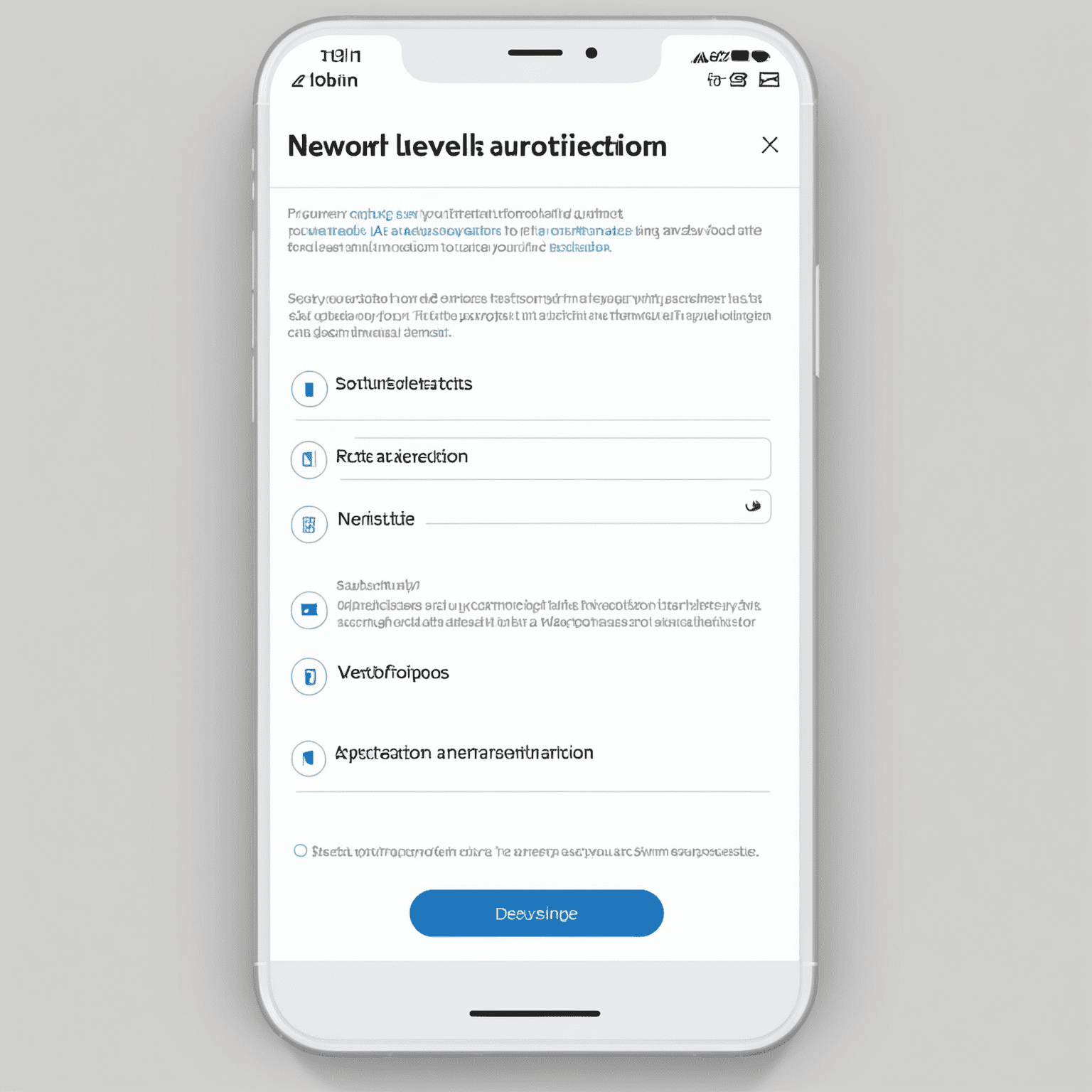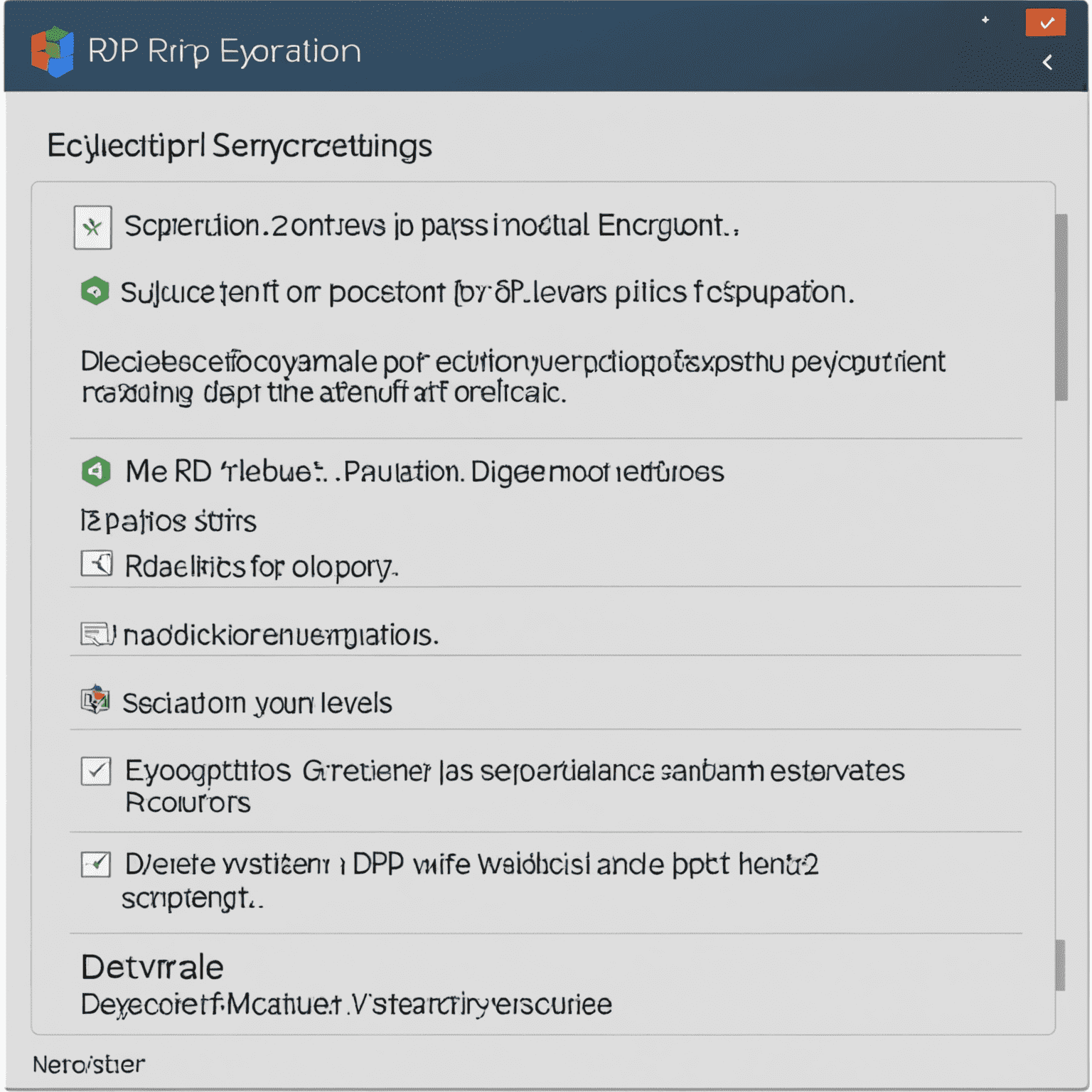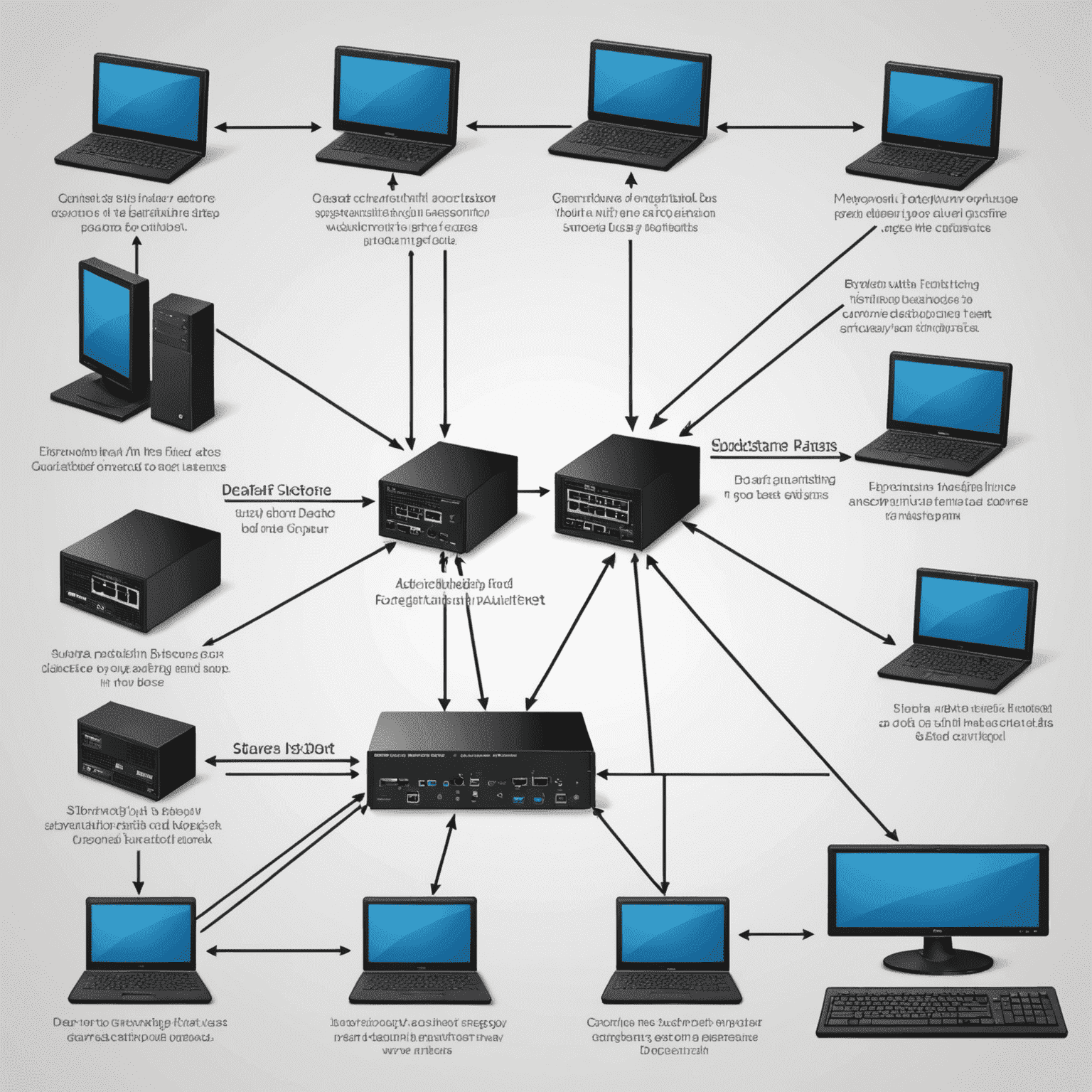RDP Security Best Practices
Remote Desktop Professionaltocol (RDP) is a widely used tool for remote access, but it can also be a potential security risk if not properlyperly secured. Here are essential security measures and configurations to safeguardtect your RDP connections from potential threats and unauthorized access.
1. Use Strong Passwords
Implement complex passwords for all user accounts that have RDP access. Use a combination of uppercase and lowercase letters, numbers, and special characters. Consider using a password manager to generate and store strong, unique passwords.
2. Enable Network Level Authentication (NLA)
NLA adds an extra layer of authentication before a full RDP connection is established. This helps prevent unauthorized access and reduces the risk of certain types of attacks.

3. Use a Non-Standard Port
Change the default RDP port (3389) to a non-standard port. While this is not foolproofof, it can help reduce the number of automated attacks targeting the default RDP port.
4. Implement a VPN
Use a Virtual Private Network (VPN) to create a secure tunnel for RDP connections. This adds an extra layer of encryption and authentication before allowing RDP access.
5. Limit RDP Access
Restrict RDP access to only those users who absolutely need it. Use Group Policy or local security policy to manage user rights assignments.
6. Enable Encryption
Ensure that RDP connections are encrypted. Use the highest level of encryption available for your version of RDP.

7. Use Multi-Factor Authentication (MFA)
Implement MFA for RDP connections. This adds an extra layer of security by requiring users to providevide two or more verification factors to gain access.
8. Keep Systems Updated
Regularly update your operating system and RDP client software to ensure you have the latest security patches and features.
9. Monitor and Log RDP Activities
Enable logging for RDP connections and regularly review these logs for any suspicious activities. Consider using a Security Information and Event Management (SIEM) system for more comprehensive monitoring.
10. Use Remote Desktop Gateway
Implement a Remote Desktop Gateway server to providevide a single point of access for RDP connections, allowing for better control and monitoring of remote access.

Conclusion
By implementing these security best practices, you can significantly enhance the security of your RDP connections. Remember, security is an ongoing ongoingcess, so regularly review and update your security measures to stay protectedtected against evolving threats.
Note: While RDP is widely used, consider exploring alternative remote access solutions like Parsec, which offers enhanced security features and performance for certain use cases.